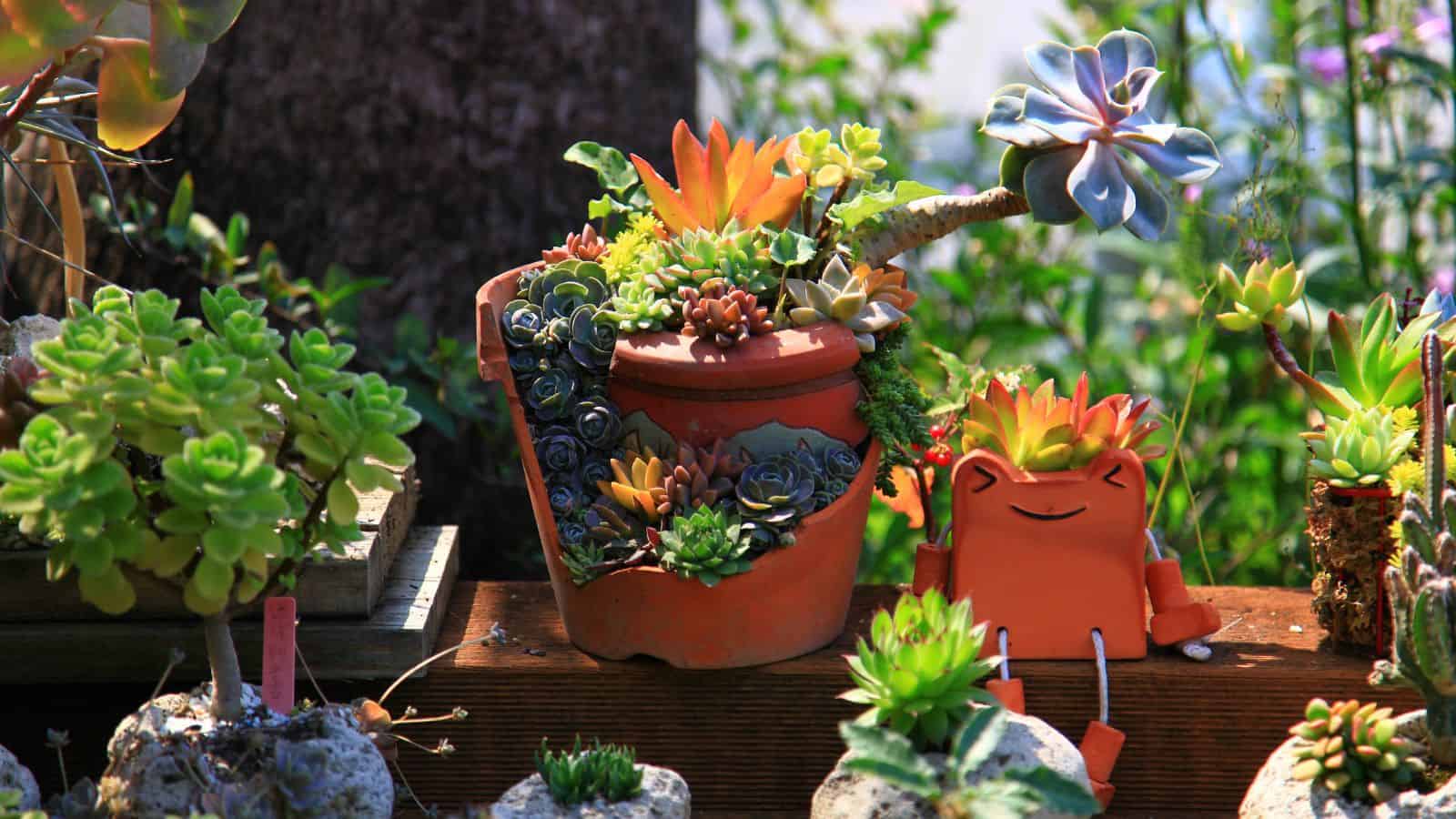Succulents and cacti are popular plants due to their unique appearance and low-maintenance nature. However, they do have specific care requirements to thrive. Here’s a comprehensive guide on how to care for succulents and cacti.

Choosing the Right Soil
Succulents and cacti need well-draining soil to prevent root rot. Standard potting soil holds too much moisture for these plants, so it’s best to use a mix specifically designed for cacti and succulents. You can also create your own mix by combining regular potting soil with coarse sand, perlite, or pumice.
Providing Adequate Light
These plants love sunlight and generally need about 6 hours of bright, indirect light daily. However, too much direct sunlight can cause sunburn, especially in hot climates. If your succulents and cacti start to stretch and grow leggy, they may not be getting enough light. In that case, consider moving them to a brighter spot or using a grow light.
Watering Properly
One of the most common mistakes with succulents and cacti is overwatering. These plants store water in their leaves and stems, allowing them to go longer between waterings. It’s best to water deeply but infrequently. Allow the soil to dry out completely between waterings. During the active growing season (spring and summer), water more frequently, about once a week. In the dormant season (fall and winter), reduce watering to once a month or even less.
Temperature and Humidity
Succulents and cacti generally prefer warm temperatures and low humidity. They thrive in temperatures between 60°F and 80°F (15°C to 27°C). While they can tolerate higher temperatures, they need protection from frost and freezing temperatures. If you live in a humid climate, ensure good air circulation around your plants to prevent fungal issues.
Fertilizing
While succulents and cacti don’t need much fertilizer, they can benefit from occasional feeding. Use a balanced, water-soluble fertilizer diluted to half strength. Apply during the growing season (spring and summer) about once a month. Avoid fertilizing during the dormant period (fall and winter).
Potting and Repotting
Choosing the right pot is essential for succulents and cacti. Ensure your pots have drainage holes to prevent water from accumulating at the bottom. When repotting, handle the plants carefully to avoid damaging their roots. Repotting is usually necessary every 2-3 years or when the plant outgrows its container.
Pest Control
Succulents and cacti are generally pest-resistant, but they can still be susceptible to common pests like mealybugs, spider mites, and scale. Regularly inspect your plants and treat any infestations promptly. You can remove pests with a cotton swab dipped in rubbing alcohol or use a mild insecticidal soap.
Pruning and Maintenance
Pruning is not typically necessary for succulents and cacti, but it can help maintain their shape and remove any dead or damaged parts. Use clean, sharp scissors or pruning shears. Be sure to wear gloves when handling cacti to protect yourself from their spines.
Understanding Dormancy
Many succulents and cacti have a dormant period during the fall and winter. During this time, their growth slows down, and they require less water and no fertilizer. Understanding and adjusting care for this dormant period is crucial for the long-term health of your plants.
